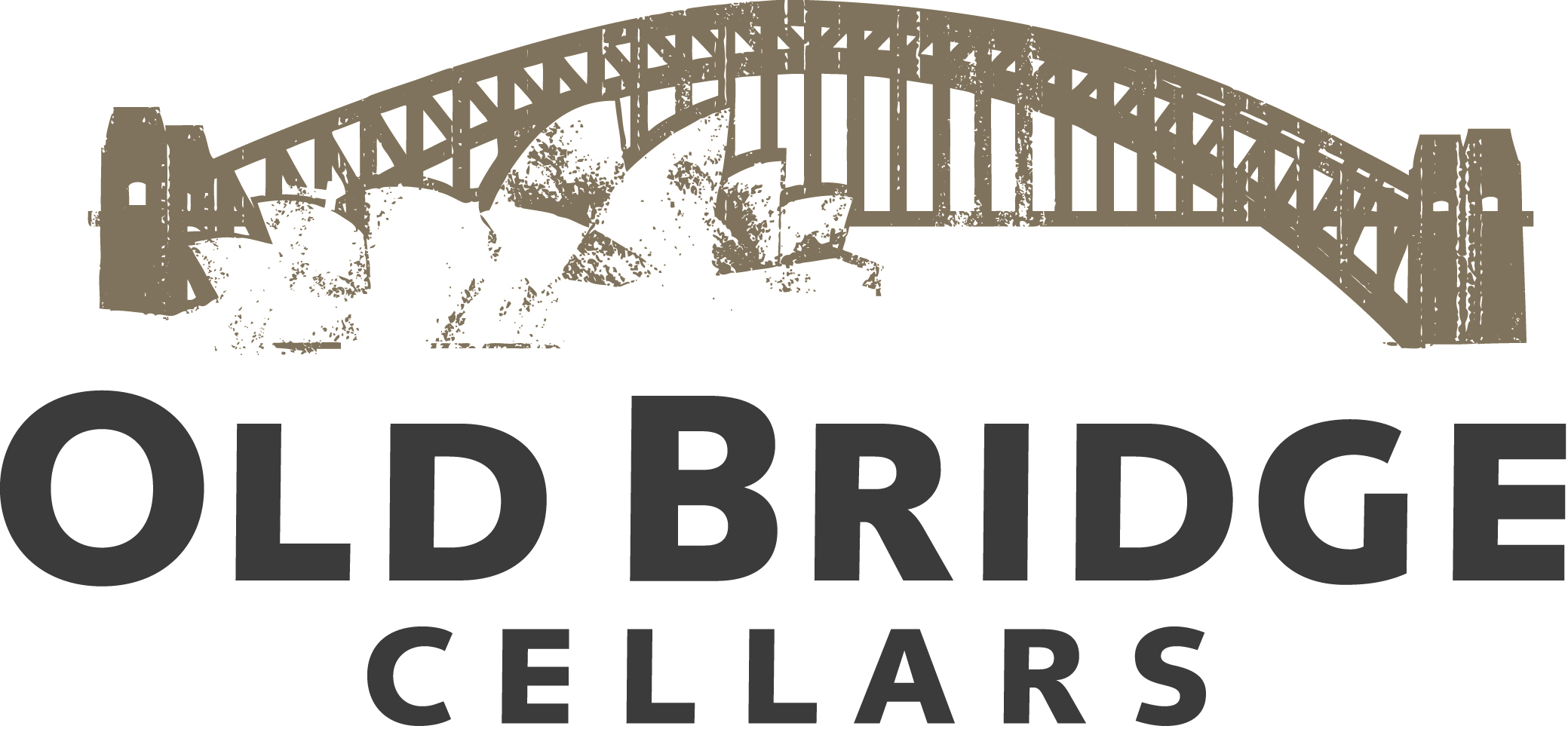What Really Happens With Native Yeasts
Wine Spectator Website
December 1, 2015
By Harvey Steiman
“Our industry gets so stuck in lore,” laments Ken Wright. One common idea the Oregon winemaker has challenged involves native yeasts.
Conventional wisdom once warned that less robust yeasts that come from vineyards on the grapes might cause incomplete fermentations, but that long ago proved to be unfounded. Winemakers let their fermentations begin spontaneously to get smoother textures and complex flavors. But just what do those native yeasts do?
Savvy winemakers know better, but the myth persists that it’s the yeast from the vineyard that completes an “indigenous” fermentation. It’s not.
Wright and five Oregon colleagues actually studied what was present in their Pinot Noir vineyards and in their fermentation tanks. Rich DeScenzo of ETS Laboratories, who conducted the tests, found anywhere from one to 19 different yeast strains in samples from six Willamette Valley vineyards in the 2014 vintage. Most common were hanseniaspora and pichia; metschnikowia was also prominent. No commercial yeasts were added, but midway through all fermentations ETS found only strains already present in each individual winery, all of them Saccharomyces cervisae, the strain responsible for commercial yeasts.
“No matter what, the yeast in your house performs the fermentation,” Wright says. That’s not surprising. Non-saccharomyces yeasts are less tolerant of alcohol, usually petering out when the alcohol level hits 5 or 6 percent.
“Even if you add yeast,” Wright adds, “in the middle of the fermentation that yeast you added is gone, out-competed by the house yeasts that are there all the time.”
For years, rather than dispose of the settlings from fermentations through the town system, he sprays them over his Savoya Vineyard, where it apparently loses out to the only reportable strain in his vineyard: hanseniaspora.
ETS found significant numbers of a commercial Williams-Selyem yeast strain in Wright’s winery. “Over the years I inoculated with it a lot,” Wright says. “And now it’s become part of my native population in the facility. All that stuff I’ve added at Savoya has had no effect. I need to spray my facility down with the yeasts that I want.
“If I were building a new facility, I would be washing that place down with the strains I love.”
For different reasons, another Oregon winery has found a way to exploit indigenous yeasts’ tendency to convert sugar to alcohol less efficiently. At Chapter 24 and Maison l’Envoyé, Burgundian winemaker Louis-Michel Liger-Belair employs techniques to encourage non-saccharomyces yeasts early in the fermentations, before they fall by the wayside. The winery reports drops in sugar concentration as much as 4 to 5 degrees Brix before any alcohol was measured in the musts. It could be native yeasts at work early in the fermentation.
With less sugar to ferment when saccharomyces takes over, Chapter 24 gets lower alcohol levels in finished wines, even when picking the grapes fully ripe. Tasting blind, I find a spaciousness and transparency in the structure and texture that allows rich flavors to float serenely.
A Pinot Noir world of rich, ripe flavors without intrusive alcohol? Sounds like nirvana to me.
